Dunlap Highboy Redux
New Hampshire woodworker reproduces a chest on chest that an ancestor made 225 years earlier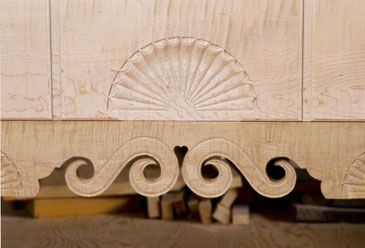
Visitors to the New Hampshire Historical Society will soon be seeing double. Later this year, it will display two nearly identical maple highboys side by side–one made in 1782 by John Dunlap, the other made in 2007 by his descendant Donald Dunlap. Ironically, the new piece will have the more authentic finish.
The Society commissioned the reproduction several months ago. “The museum director had the idea, to use the reproduction as a teaching tool to see what the original actually looked like,” said Wesley G. Balla, director of collections and exhibitions, in a phone interview with FWW.com.
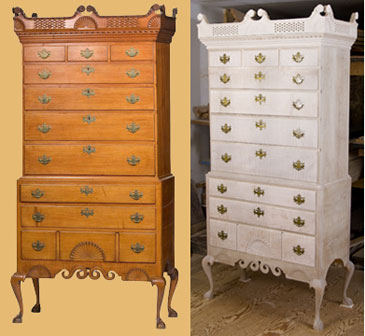
Old and new. The original highboy (left) dates from 1782 but has a 20th-century finish. The 2001 reproduction will be stained, painted, and gilded as the original was originally.
Photos: New Hampshire Historical Society Collection (left). Aaron Constant (right)
The 18th century piece was stripped of its original coloring and refinished sometime in the 1920s, Balla explained. But remnants of the original finish survived on the sides of drawers and other out-of-the-way places. Mark Williams, the Historical Society’s conservator, has been studying those clues and records of the finish formulas that John Dunlap used. He intends to give the reproduction an elaborate–but accurate–finish. Most of the highboy will be dyed and stained to resemble mahogany. Basketweave carving on the cornice will be painted green. And the rosettes on the cornice will be gilded. (For more on old-fashioned wood coloring, click here.)
Donald Dunlap, who made the reproduction, comes from a long line of Dunlap cabinetmakers. “At one time, in the early 1800s, there were twelve to fifteen Dunlaps who were cabinetmakers in New Hampshire,” he told FWW.com. “They did quite well until the 1850s,” he said, but the Industrial Revolution introduced mass production and signaled the beginning of the end for individual cabinetmakers. This particular Dunlap has been a cabinetmaker for 36 years.
The reproduction isn’t an absolutely exact copy. “The top cornice is slightly different,” Dunlap said. “There’s less of a projection on mine, and the rosettes on the original are fancier than I thought they would be,” he said.
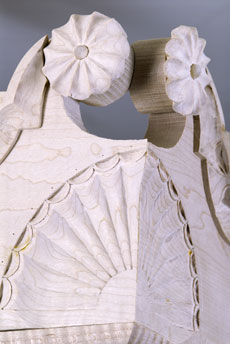
Ready for finish. Fans and molding on the cornice will be painted or stained, and the rosettes gilded.
Photo: Aaron Constant
Reproducing his ancestor’s original took Dunlap six months, time he considers very well spent. “I got so excited about this project that I built another one,” he said. “I used curly maple, as I do in most of my work, and this one has some quite lively curl.” The finish? Nothing moe than stain and oil, he said.
The two highboys will be moved to the Historical Society’s museum building, in Concord, sometime in November.
David Heim is managing editor of FWW.Com
Fine Woodworking Recommended Products

Compass

Drafting Tools

Blackwing Pencils
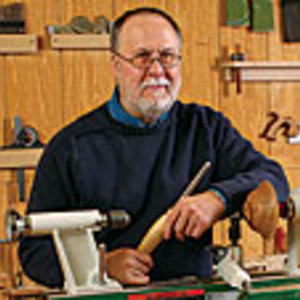


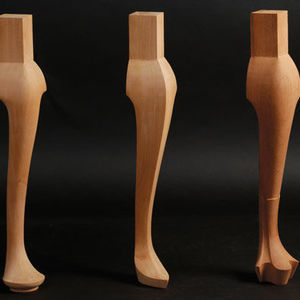
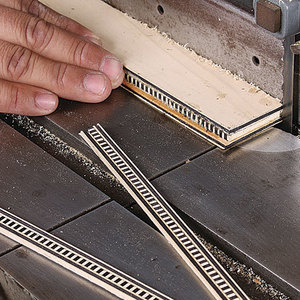
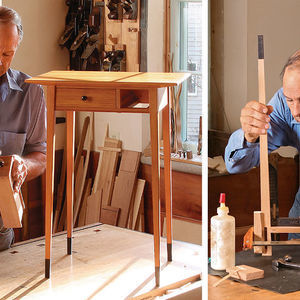
















Log in or create an account to post a comment.
Sign up Log in